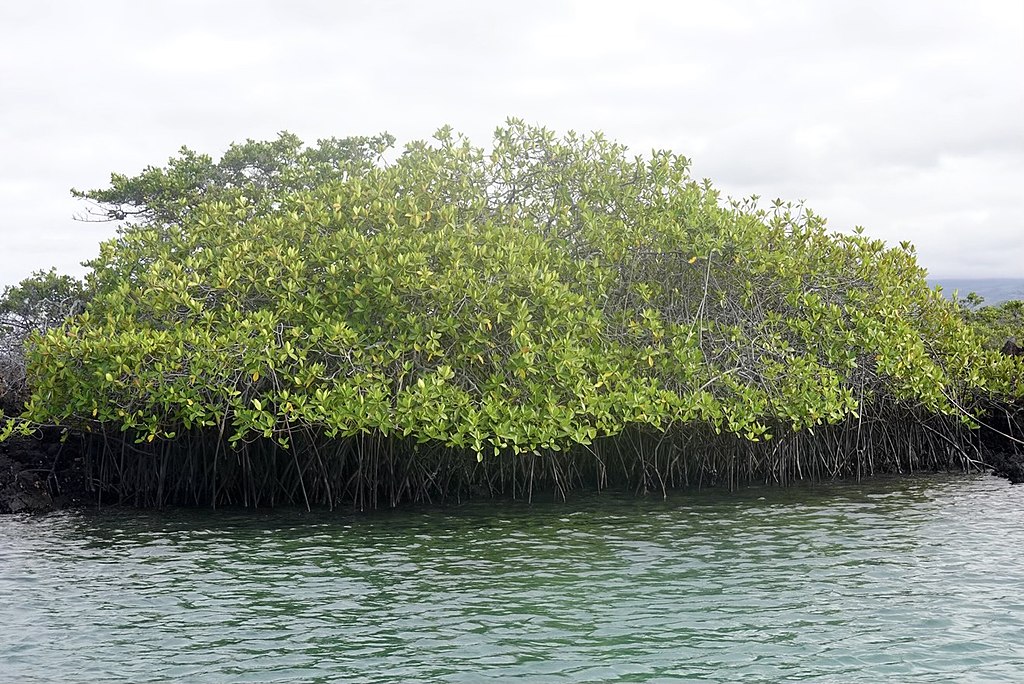Biodiversity loss has accelerated at such an alarming rate that it is now below what scientists consider a “safe limit”. This is measured in biodiversity intactness, the proportion of the original number of species in an area. Global biodiversity intactness is at 75 per cent, according to scientists from the UK’s Natural History Museum.
The “safe limit” is a term ecologists use to determine how well ecosystems can provide what humans need to survive. The “safe limit” is 90 per cent. This is dropping drastically worldwide. For example, in the UK, it is 53 per cent.
The size of many populations, including birds, mammals and amphibians, have shrunk by 60 per cent in the last 40 years.
In economic terms, biodiversity loss is thought to have cost the world between USD $2 trillion to $4.5 trillion of global gross domestic product. This is the opposite of what sustainable finance should achieve.
Is economic growth compatible with biodiversity protection?
Research shows that protecting the environment and promoting biodiversity is indeed essential to economic growth. There are direct ways in which this can happen. For example, restoring global whale populations would remove the same amount of carbon from the atmosphere as two billion trees.

How is the financial sector responsible for biodiversity destruction?
Banks and other financial institutions are responsible for funding activities that lead to biodiversity loss. In fact, 50 global financial institutions and banks provided underwriting and loans worth over USD $2.6 trillion to companies responsible for biodiversity loss in 2019, according to a report by Portfolio Earth. These institutions had no policies in place to track the impact of their loans on biodiversity loss.
They financed projects in sectors such as forestry, mining, fossil fuels and infrastructure – all of which drive biodiversity loss. Countries do not hold banks liable for the damage caused to biodiversity, the report found.
Financial sector exposed
Besides economic growth, financial institutions have another reason to care about biodiversity loss: funding it leaves them exposed. This is according to a report by the Dutch Central Bank (DCB) and the Netherlands Environmental Assessment Agency (NEAA).
They identified two main risks:
- Financial institutions are at risk when they fund activities that threaten ecosystems. For example, if bees were to disappear, agricultural investments and loans would be at risk. Dutch banks, pension funds and insurers are owed €510 billion in loans from companies that depend greatly on ecosystems.
- Banks risk reputational damage. The Dutch financial sector has €97 billion outstanding in financing from companies “involved in environmental controversies”.
Which financial institutions are already taking steps towards sustainable finance?
Many financial institutions recognise the risk posed by biodiversity loss. In fact, ahead of Part 1 of the COP15 Convention on Biological Diversity in October 2021, 78 financial institutions called for more ambitious policies to “align global financial flows to global biodiversity goals”.
In a statement, the institutions said, “As financial institutions, we recognise the need to protect, conserve and restore nature for future generations because we cannot generate value for our clients without a healthy biosphere. Biodiversity loss will have significant and systematic consequences for the global economy, and exposes us to market, credit, liquidity and operational risks. A realignment of our economies, including public and private financial flows, towards nature-positive pathways is imperative, and could deliver USD 10 trillion of annual business opportunities and 395 million jobs by 2030.”
A further 11 companies called on governments to take action to tackle biodiversity loss ahead of COP15. This includes the CEOs of the consumer goods company Unilever and the clothing brand H&M.
Some companies are taking more practical action. For example, flavour and fragrance firm Givaudan donated USD $3.5 million to protect 1,000 types of citrus from citrus greening disease.
In a 2019 United Nations study of 1,000 CEOs, 94 per cent said they could and should make a greater contribution to a sustainable economy by 2030. But, just 48 per cent of businesses said that they had integrated sustainability into their operations.

How can the financial sector protect biodiversity?
The financial sector has immense power to “guide” the trillions of US dollars it manages to more eco-friendly investments. Financial services companies can incorporate biodiversity into reporting and loss targets for industries impacting biodiversity. Furthermore, the financial sector can ensure that companies disclose their impact on biodiversity.
Experts say that there are several ways that the private sector can invest in sustainable finance and prevent biodiversity loss. This includes stopping the degradation of carbon-rich and species-rich ecosystems, especially forests, savannahs and grasslands, and deep-water habitats.
Humans need to restore these ecosystems. Businesses need to ensure that agriculture and forestry are sustainable. This includes diversifying crop species and soil conservation. They also need to eliminate harmful subsidies that support biodiversity loss, like over-fishing and deforestation. This should be combined with efforts to change human consumption patterns, like encouraging plant-based diets.
Will financial institutions move towards sustainable finance?
Financial institutions are unlikely to be motivated to do this through market forces alone, according to the Paulson Institute. Moreover, voluntary action and global initiatives like the United Nations Global Compact have not been effective, the Bank Track report states.
Established economic models are unable to properly analyse the intertwined nature of Earth’s ecological and human relationships. Therefore, the current economic models available to businesses will not stop biodiversity devastation alone. Governments need to intervene to encourage sustainable finance using policy instruments.
These interventions could include supporting market-friendly issues, like ecotourism and the production and sale of biodiversity-friendly products. Also, governments can support sustainable fishing and farming. These are two of the largest drivers of biodiversity loss.


